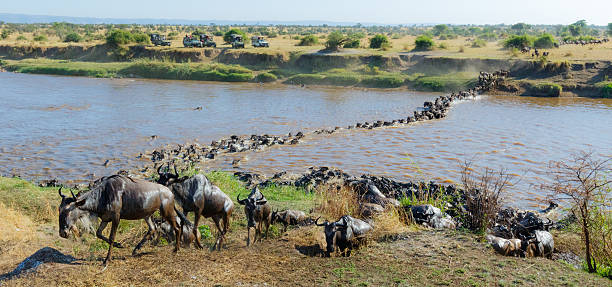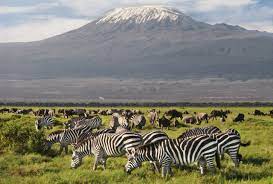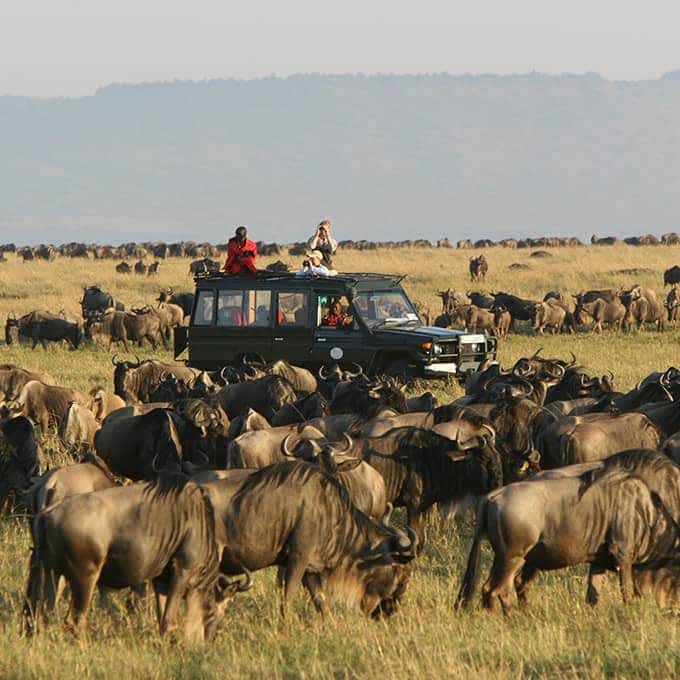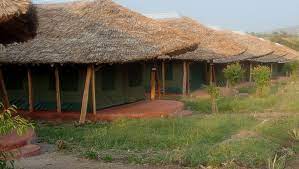Located in the southwestern region of Kenya, Masai Mara National Park stands as a testament to Africa’s awe-inspiring beauty and rich biodiversity. Spanning a vast area of 1,510 square kilometers (583 square miles), this remarkable ecosystem is a haven for wildlife enthusiasts, nature lovers, and cultural explorers alike. From the mesmerizing landscapes to the vibrant Maasai culture and the dedicated conservation efforts, Masai Mara National Park offers a unique and captivating experience that is second to none.
Geography and History
The park is situated in the Great Rift Valley, a geological marvel that stretches across East Africa. Masai Mara’s topography comprises open grassy plains, rolling hills, and the dramatic Oloololo Escarpment along its western boundary. The Mara River meanders through the park, providing a lifeline for wildlife and setting the stage for the annual wildebeest migration.

The history of Masai Mara National Park dates back to 1961 when it was established as a wildlife reserve. Over the years, it has evolved into one of Africa’s most renowned protected areas, attracting visitors from around the globe. The park takes its name from the Maasai people, the traditional inhabitants of the region, and the Mara River, which serves as a vital water source for both humans and animals.
Wildlife Attractions

Masai Mara National Park boasts an exceptional array of wildlife, making it a paradise for safari enthusiasts. The park is famous for its annual wildebeest migration, an epic journey of over two million wildebeests, zebras, and gazelles. From July to October, these herds traverse the plains, braving treacherous river crossings and formidable predators in search of fresh grazing grounds. Witnessing this incredible spectacle is an experience that leaves visitors in awe.
Beyond the migration, the park is home to an abundance of wildlife throughout the year. The “Big Five” — lions, elephants, leopards, buffalos, and rhinoceros — can be spotted in Masai Mara, alongside other iconic species such as giraffes, cheetahs, zebras, hyenas, and hippos. Bird enthusiasts will be delighted by the park’s rich avian diversity, with over 450 species recorded, including vibrant kingfishers, majestic eagles, and ostriches.
Enchanting Landscapes

The landscapes of Masai Mara National Park are nothing short of breathtaking. The open savannah plains stretch as far as the eye can see, punctuated by picturesque acacia trees that provide shade for wildlife and add a touch of tranquility to the surroundings. The golden hues of sunrise and sunset cast a magical glow over the plains, creating a photographer’s paradise.
The Oloololo Escarpment, rising over 150 meters (492 feet) above the Mara plains, offers panoramic vistas that showcase the park’s vastness and beauty. From its vantage point, visitors can take in sweeping views of the rolling hills, the Mara River winding its way through the savannah, and the thriving wildlife below. This geological wonder adds an extra layer of magnificence to the park’s already captivating landscapes.
Maasai Culture and Traditions

Immersing oneself in the vibrant Maasai culture is an essential part of the Masai Mara experience. The Maasai people, with their distinctive red clothing, intricate beadwork, and deep connection to the land, have inhabited the region for centuries. A visit to a traditional Maasai village, known as a “Manyatta,” offers a glimpse into their way of life, customs, and age-old traditions.
Engaging with the Maasai people allows visitors to learn about their nomadic lifestyle, unique social structure, and their intimate relationship with wildlife. Witnessing traditional dances, ceremonies, and participating in beadwork demonstrations provides a deeper understanding of the Maasai’s cultural heritage. This cultural exchange fosters a profound appreciation for the harmonious coexistence between humans and nature.
Conservation and Sustainability
Masai Mara National Park stands as a testament to Kenya’s commitment to conservation and sustainable practices. The park’s management is a collaborative effort between the Narok County Council and the local Maasai community. Together, they strive to protect the delicate ecosystem and preserve the park’s biodiversity for future generations.
Numerous conservation initiatives operate within the park, focusing on anti-poaching efforts, community-based conservation projects, and environmental education. The park’s rangers play a vital role in safeguarding the wildlife from poaching and illegal activities, ensuring the park remains a safe haven for its inhabitants. Sustainable tourism practices, such as responsible safari operations and eco-friendly accommodations, contribute to the park’s long-term sustainability and the well-being of its wildlife.
Masai Mara National Park stands as a remarkable testament to Africa’s natural wonders, cultural richness, and conservation efforts. The park’s captivating wildlife, enchanting landscapes, and the vibrant Maasai culture create an experience that leaves an indelible mark on visitors. Exploring the vast savannahs, witnessing the wildebeest migration, engaging with the Maasai people, and supporting the park’s conservation endeavors are opportunities that showcase the unique and diverse offerings of Masai Mara. This wilderness haven invites all who seek adventure, inspiration, and a deeper connection with the natural world to embark on an unforgettable journey in the heart of Kenya’s iconic landscape.
